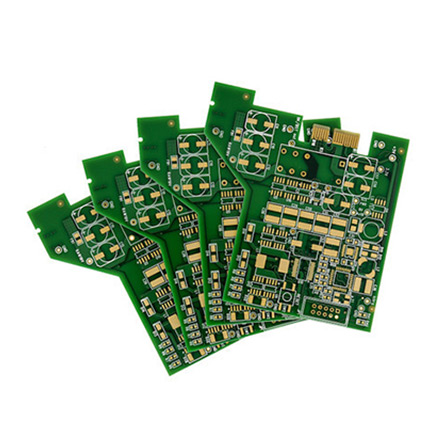

Understanding Tempered Glass Properties, Applications, and Benefits
Tempered glass, also known as toughened glass, is a type of safety glass that has undergone a special thermal treatment to increase its strength compared to normal glass. This process involves heating the glass to a temperature of over 600 degrees Celsius (about 1,112 degrees Fahrenheit) and then cooling it rapidly. This method of production imparts greater mechanical strength and resistance to thermal stress, making tempered glass an ideal choice for various applications.
One of the key properties of tempered glass is its strength. It is approximately five to six times stronger than standard glass of the same thickness. This enhanced strength allows it to withstand high impacts and resist cracking or breaking under pressure. When shattered, tempered glass breaks into small, blunt pieces rather than sharp shards, significantly reducing the risk of injury. This feature makes it particularly suitable for use in areas where safety is paramount, such as in schools, offices, and public buildings.
Understanding Tempered Glass Properties, Applications, and Benefits
Tempered glass is also favored for its aesthetic appeal. Its clarity and transparency allow for unobstructed views while still providing safety. It can be customized in terms of size, thickness, and finish, allowing architects and designers to create innovative and visually appealing structures. Moreover, colored or frosted tempered glass can add an extra dimension to aesthetic designs, enhancing the visual impact of interiors and exteriors alike.

In terms of applications, tempered glass is widely used in several industries. In the automotive sector, it is used for side windows and rear windows, as it provides safety and resistance to impact. In construction, it is used in buildings for windows, doors, and curtain walls due to its strength and thermal properties. Additionally, tempered glass is increasingly popular in homes for shower enclosures, glass railings, and tabletops, where both safety and style are desired.
The manufacturing of tempered glass also aligns with modern environmental standards. The production process minimizes waste, and since tempered glass is 100% recyclable, it is an environmentally friendly choice. By choosing tempered glass, builders and manufacturers can contribute to sustainability efforts while offering safe and effective solutions.
However, it is essential to note that tempered glass cannot be cut or altered after it has been manufactured. Therefore, precise measurements and designs must be established before production to avoid any issues. This limitation is often outweighed by the numerous benefits tempered glass provides, making it a preferred material in many applications.
In conclusion, tempered glass offers a unique combination of strength, safety, thermal resistance, and aesthetic versatility, making it a highly sought-after material in various fields. Its ability to shatter into small, harmless pieces, withstand thermal shock, and beautify spaces ensures its continued popularity among architects, builders, and consumers. As technology advances, we can expect to see even more innovative uses for tempered glass, reinforcing its status as a vital material in modern design and safety standards. Whether in homes, commercial buildings, or vehicles, tempered glass continues to play a crucial role in enhancing safety and style in our daily lives.